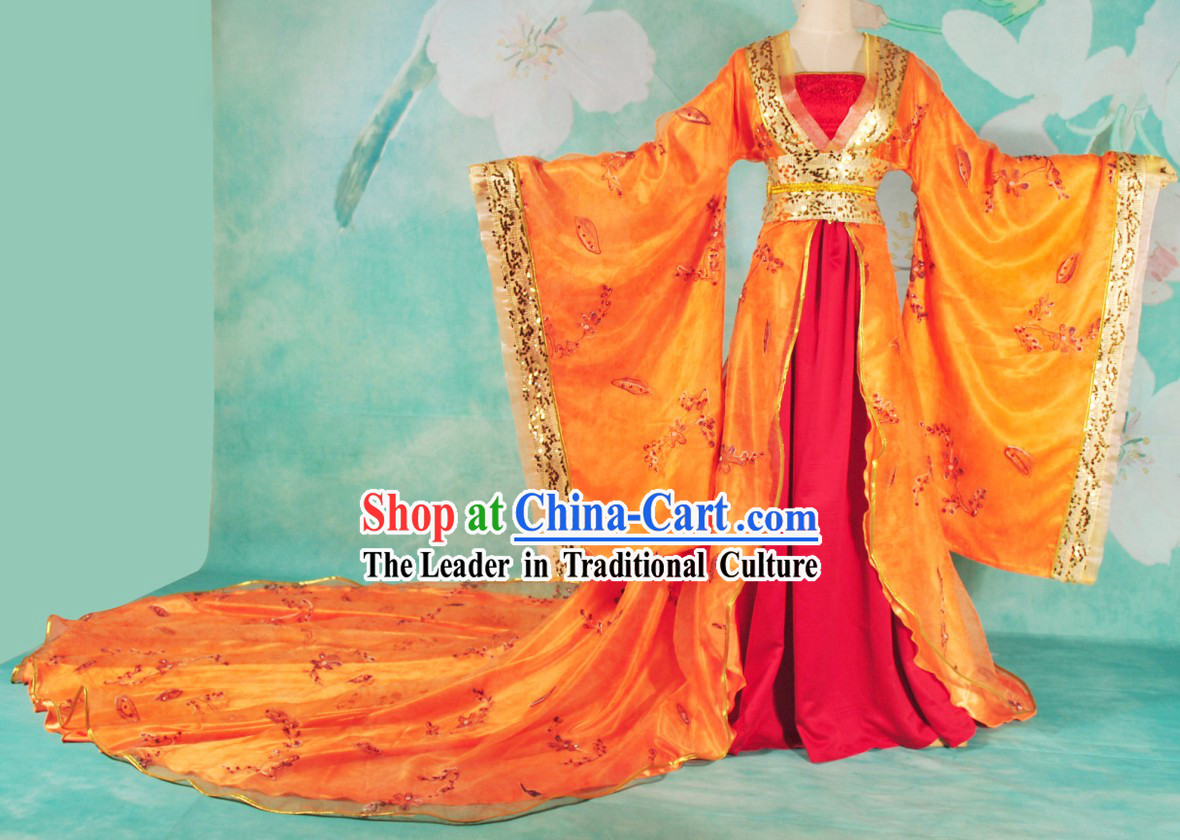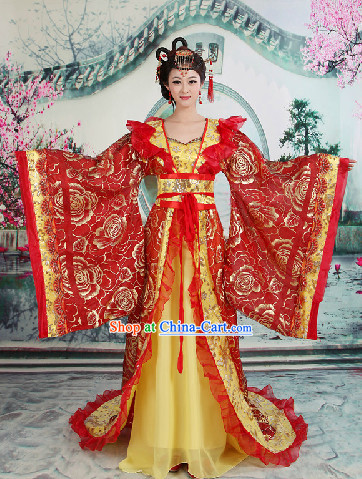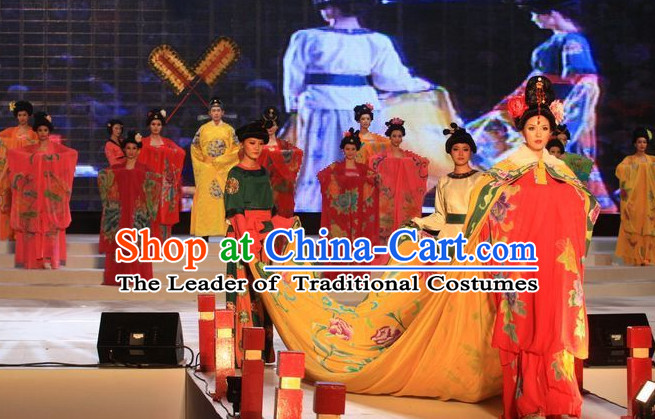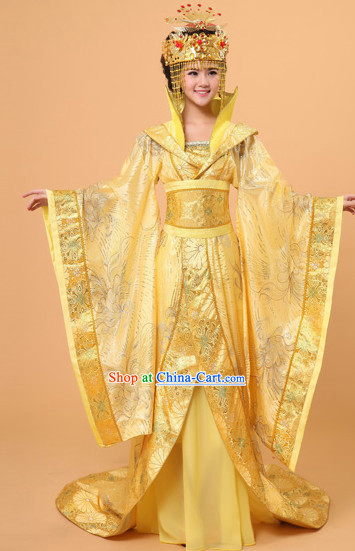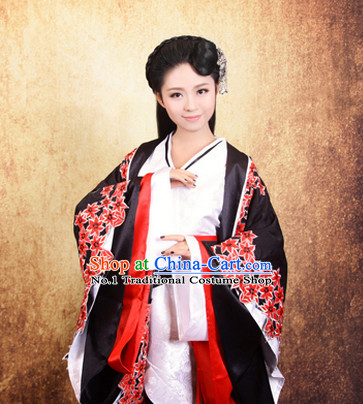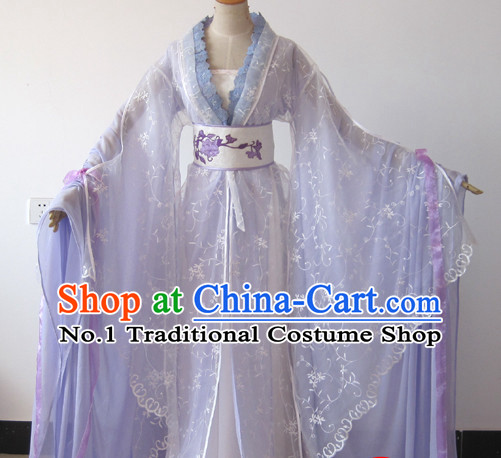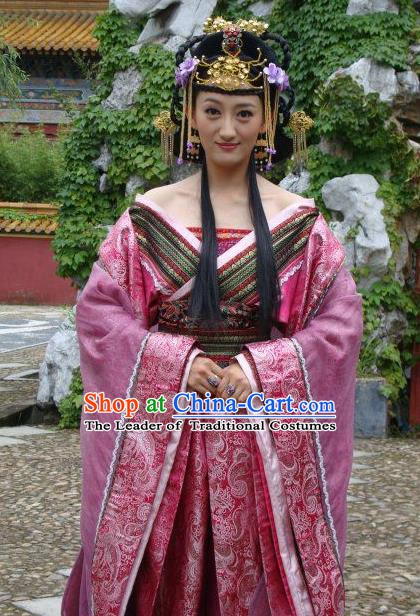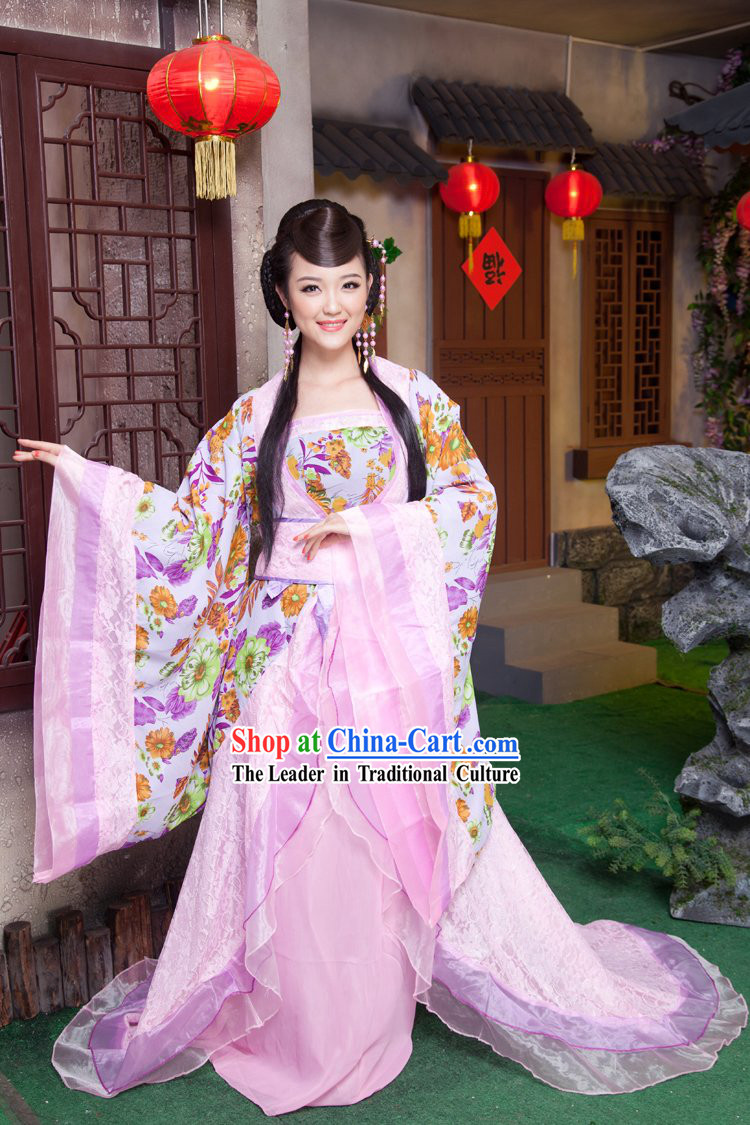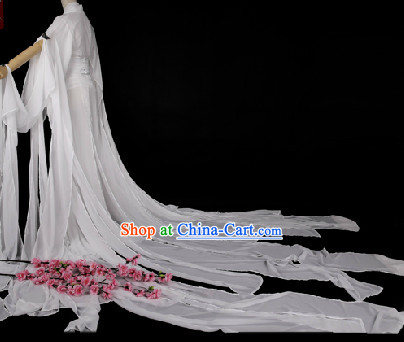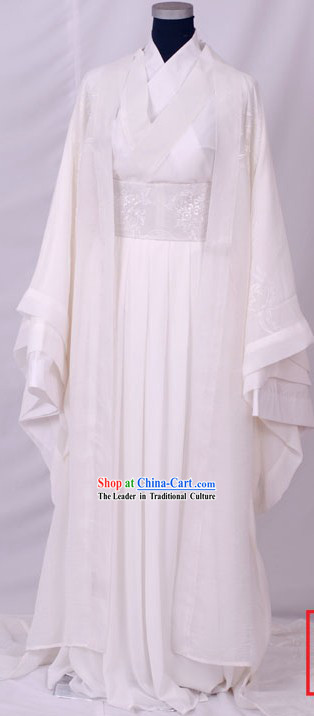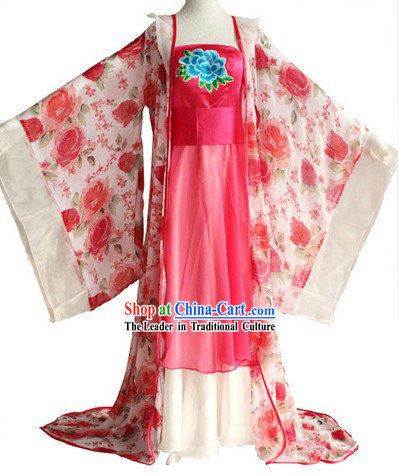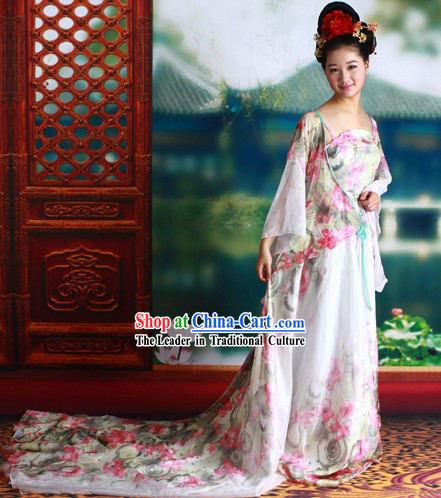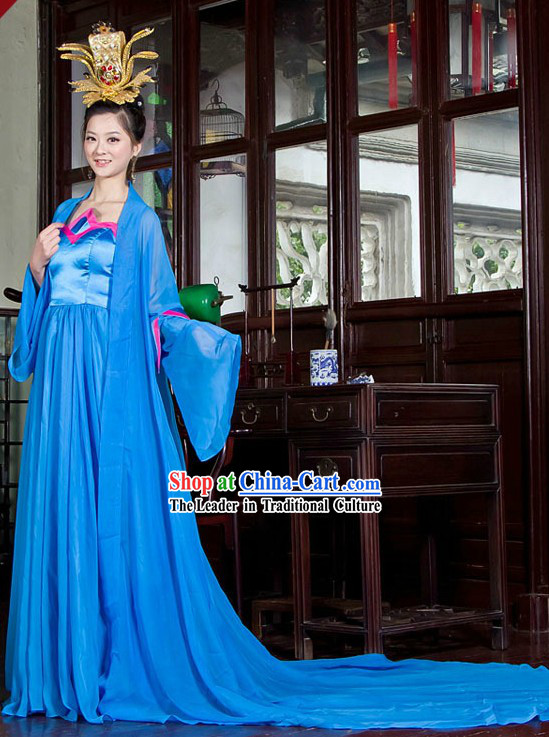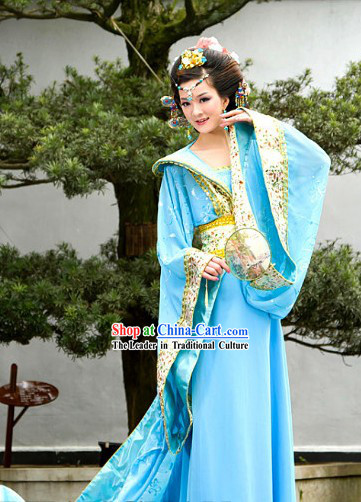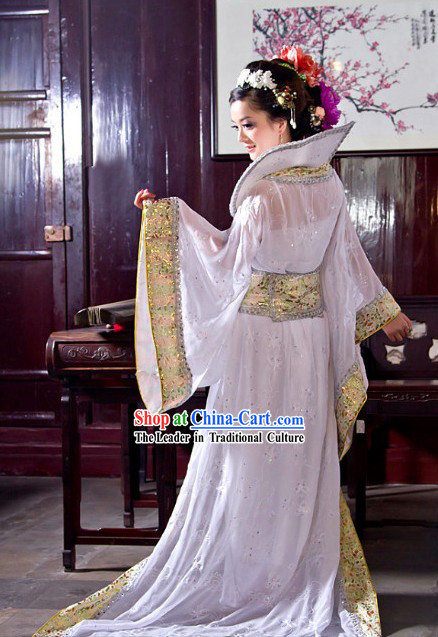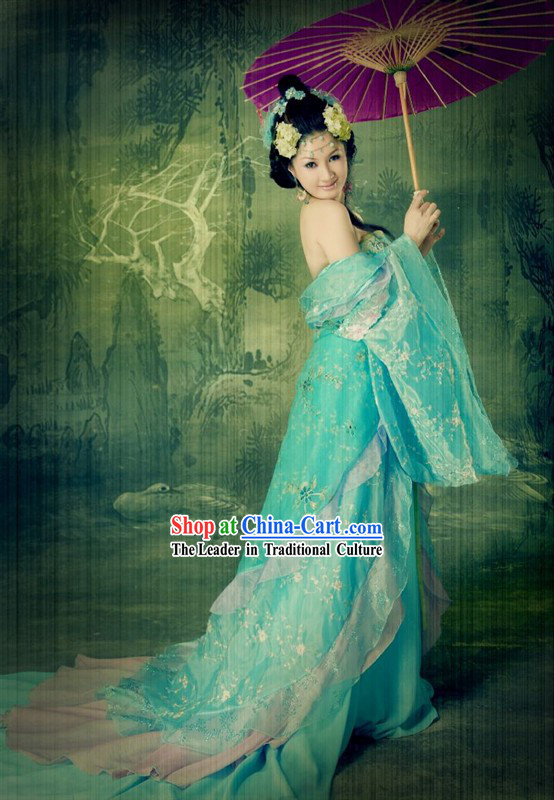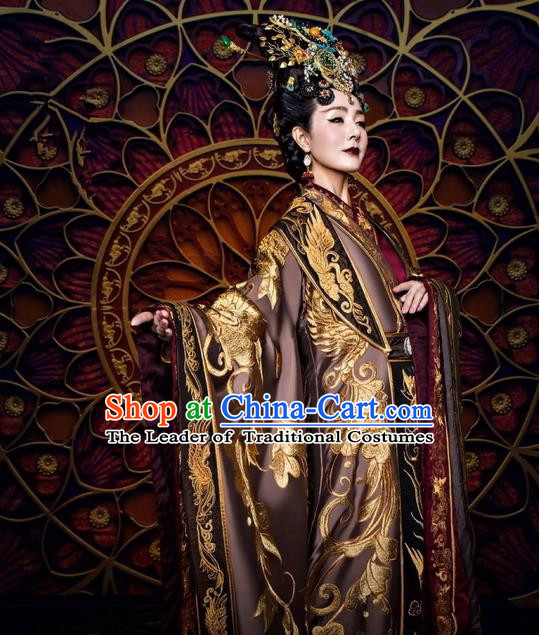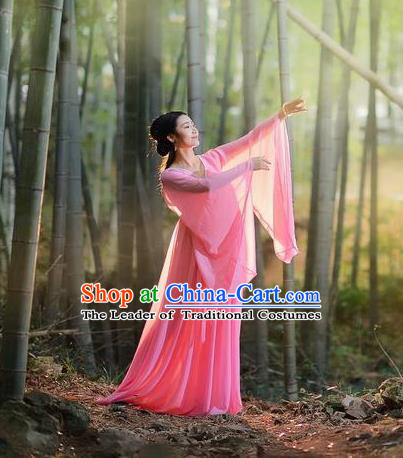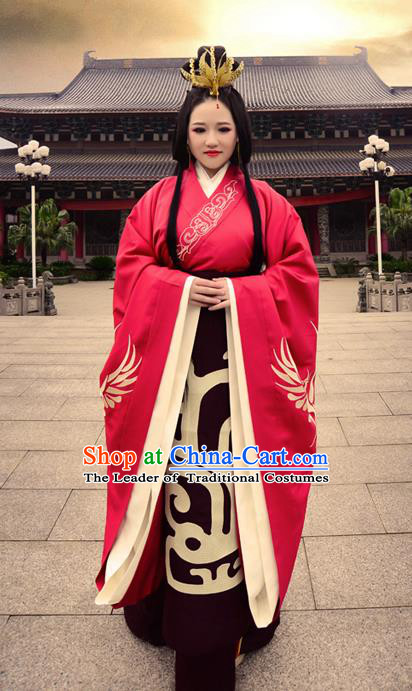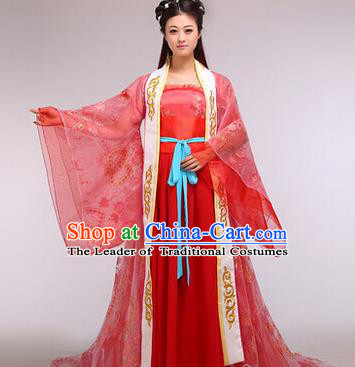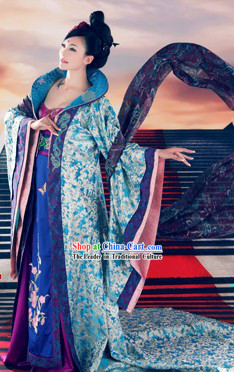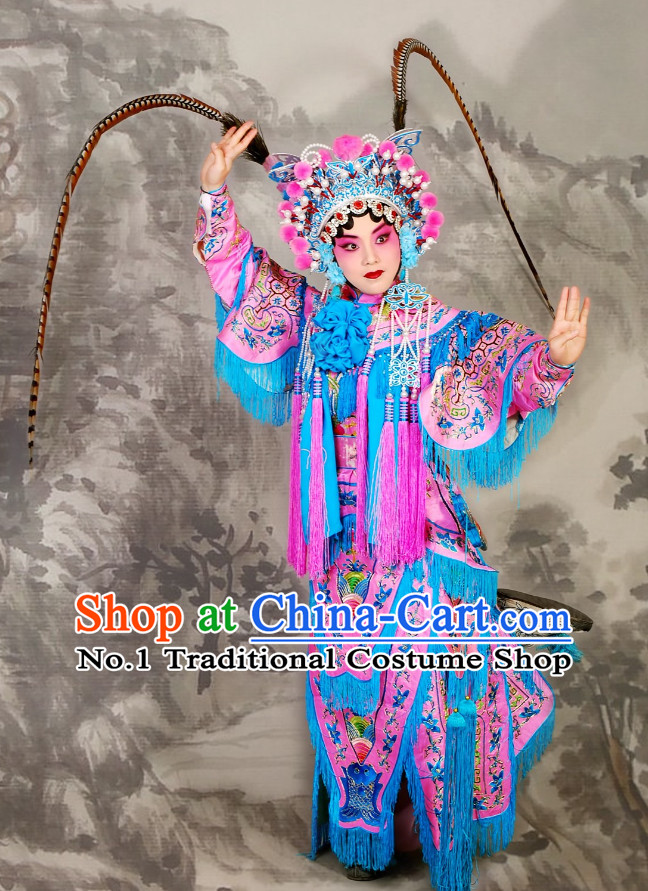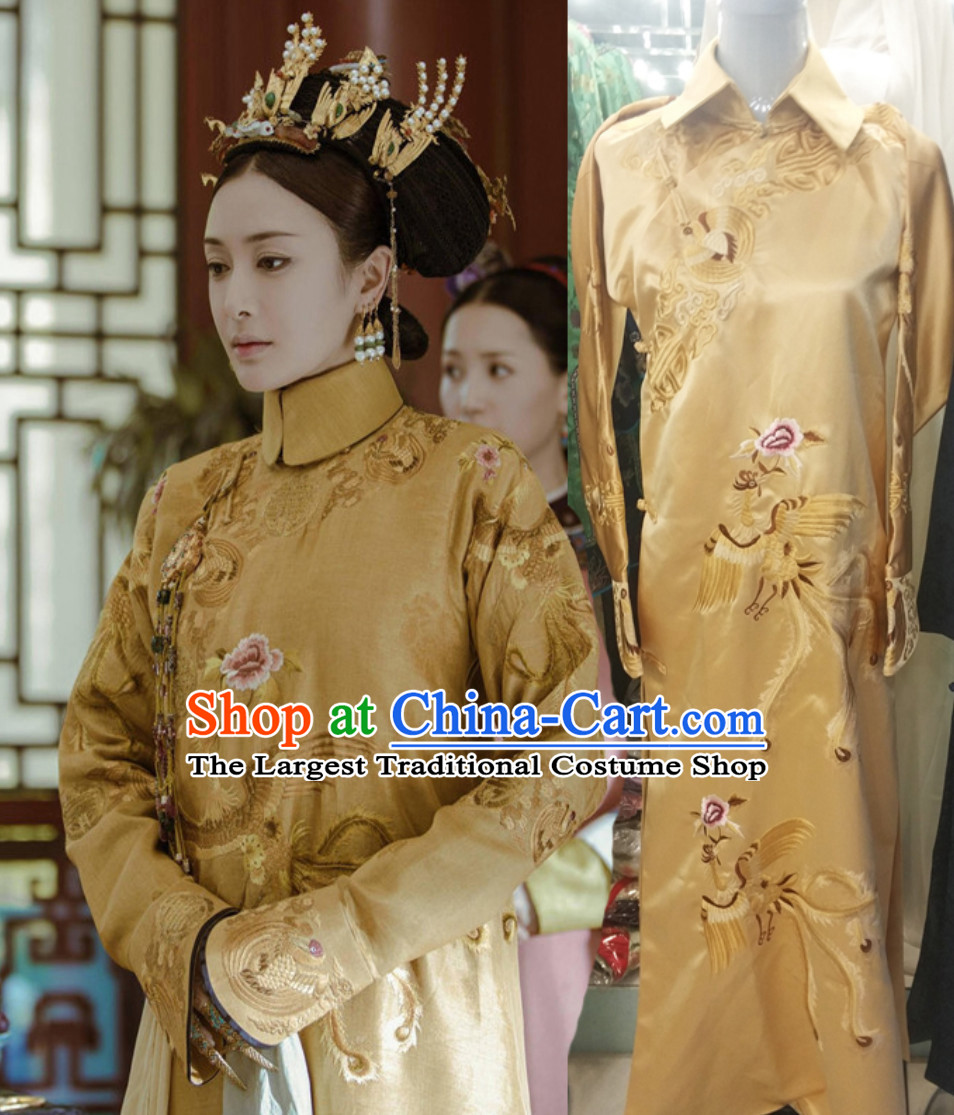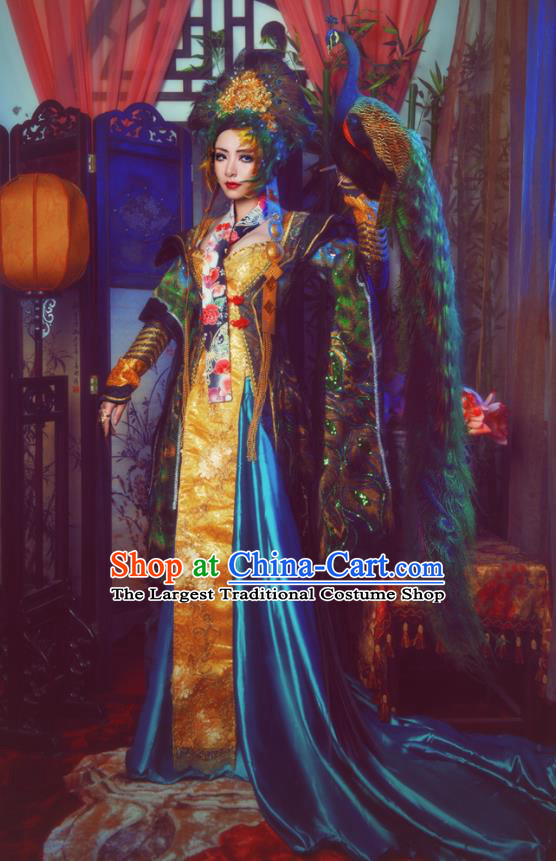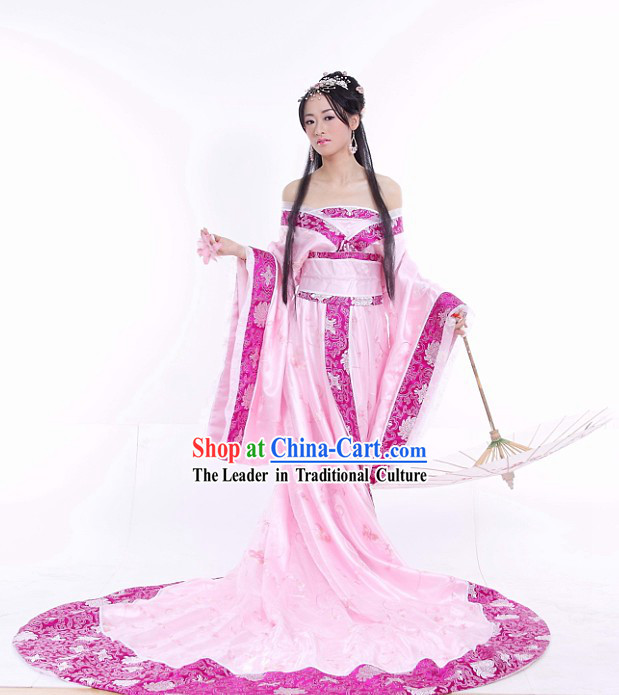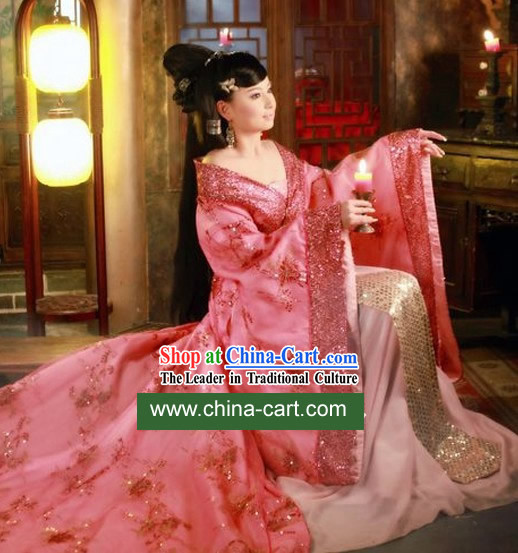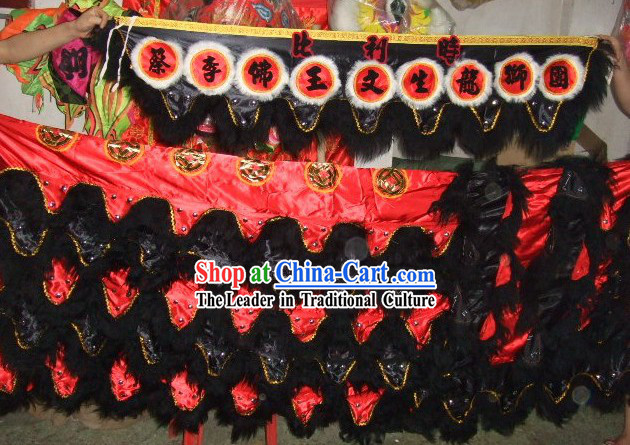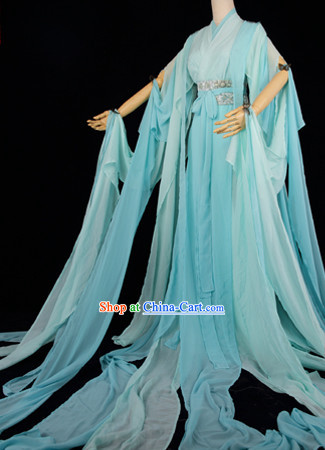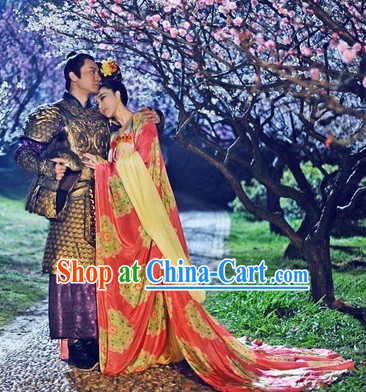
Click Related Pictures for More Audios:
The traditional Chinese long skirt, also known as the "qun", is a symbol of ancient imperial women in China.
It showcases the essence and charm of ancient Chinese culture with its luxurious, solemn, and elegant characteristics.
The design inspiration for the long skirt comes from the dragon's tail in ancient Chinese mythology, which symbolizes the queen's nobility and authority.
In ancient times, only the emperor's wife could wear the long skirt, reflecting the emperor's special care and respect for his wife.
The making of the long skirt is a complex process that involves several steps, including material selection, cutting, and sewing.
Each long skirt is handmade, making each one unique in style and features.
The colors of the long skirt are also diverse and rich, including red, yellow, green, and more.
Each color has its own special meaning and symbolism.
In traditional Chinese culture, red represents joy and good luck, yellow represents royalty and glory, and green represents life and hope.
The styles of the long skirt are also varied, including single-row pleats, double-row pleats, fishtail styles, and more.
These styles not only showcase the beauty and elegance of ancient Chinese women but also reflect the diversity and inclusiveness of ancient Chinese culture.
In conclusion, the traditional Chinese long skirt is an important part of Chinese culture.
It not only represents the essence and charm of ancient Chinese culture but also showcases the beauty and elegance of ancient Chinese women.
